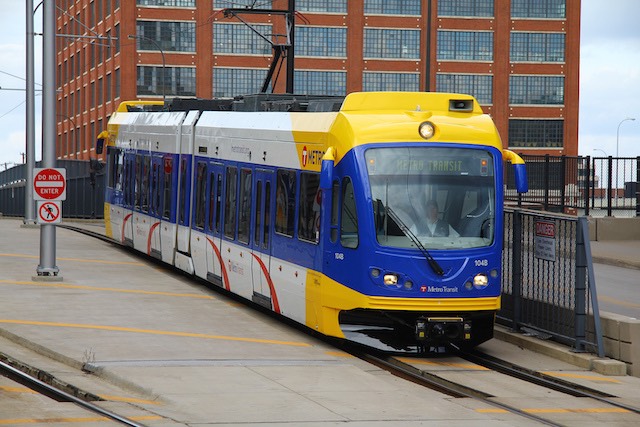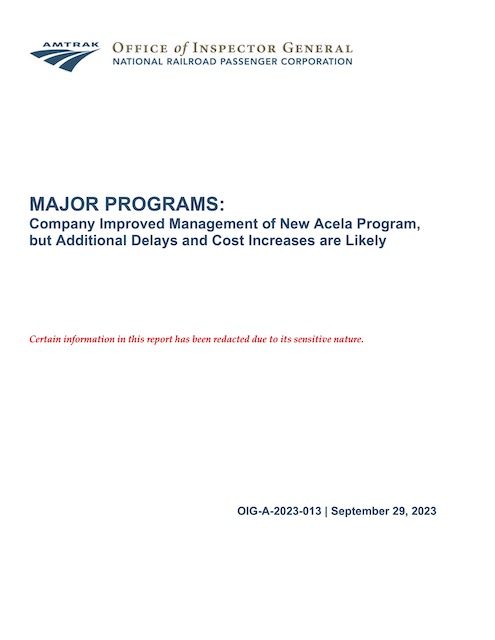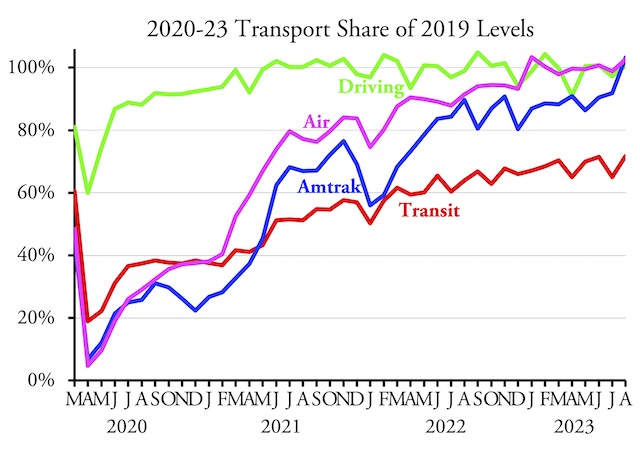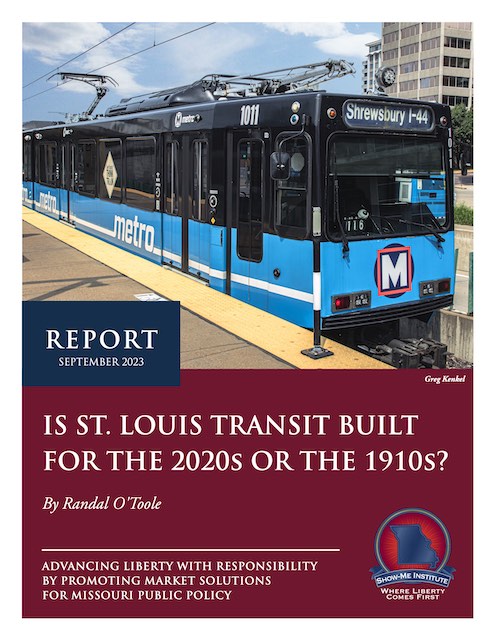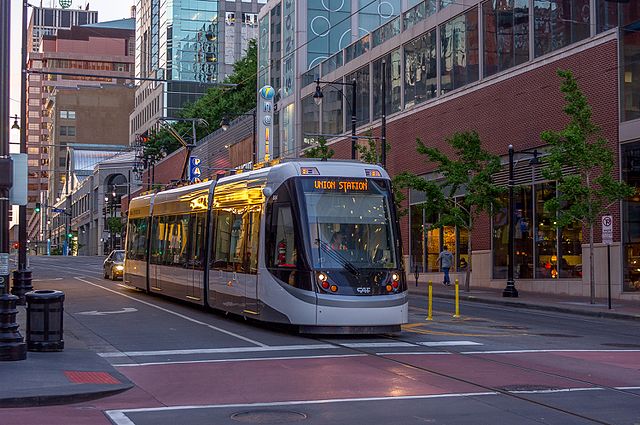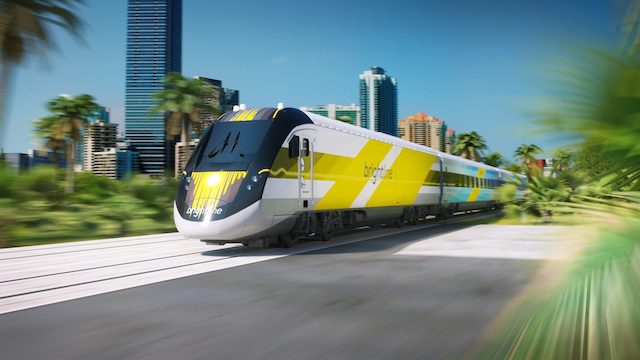The Tax Foundation notes that Republican presidential candidate Nikki Haley has proposed to save consumers money by eliminating federal fuel taxes. That’s an extremely short-sighted idea that would actually cost consumers in the long run. As the foundation’s writers, Alex Muresianu and William McBride, observe, Haley could have proposed that the gas tax, an imperfect user fee, be replaced with a better user fee such as a mileage-based fee. But instead she proposed to simply eliminate the tax.
A sunset for gas taxes?
The most recent report indicates that, as of yesterday, the price of regular gasoline averaged about $3.64 nationwide. Eliminating the federal gas tax would reduce that to by 18¢ to $3.46 a gallon — less than 5 percent. Encouraging more domestic oil production could cut fuel prices by more than a dollar a gallon, down to what prices were in around 2015-2020. If Haley wants driving to be more affordable (which I think would be a good thing), that’s what she should promote. Continue reading


